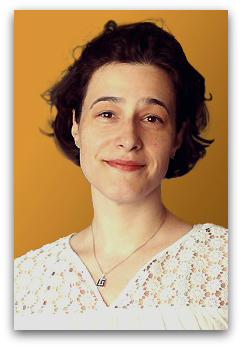 Janine Mauzeroll is an associate professor at McGill University, where she leads a research group focused on topics ranging from electrochemistry in organic and biological media to electronically-conducting polymers. Her work combines experimental and theoretical electrochemical methods and applies them to biomedical and industrial problems such as multidrug resistance in human cancer cells, neurotransmitter release, biosensor design, and high-speed scanning electrochemical microscopy. Mauzeroll has recently been named a new technical editor of the Journal of The Electrochemical Society, concentrating in the Organic & Bioelectrochemistry Topical Interest Area.
Janine Mauzeroll is an associate professor at McGill University, where she leads a research group focused on topics ranging from electrochemistry in organic and biological media to electronically-conducting polymers. Her work combines experimental and theoretical electrochemical methods and applies them to biomedical and industrial problems such as multidrug resistance in human cancer cells, neurotransmitter release, biosensor design, and high-speed scanning electrochemical microscopy. Mauzeroll has recently been named a new technical editor of the Journal of The Electrochemical Society, concentrating in the Organic & Bioelectrochemistry Topical Interest Area.
What do you hope to accomplish in your role as Technical Editor?
I see no greater need than the one related to the promotion of fundamental research as a necessary partner to applied and industry driven science. As Technical Editor, I will put emphasis on complete experimental and full disclosures to generate “go to” manuscripts.
Moving forward, I hope to convince established researchers to continue sending in manuscripts by offering them visibility, such as special issues in or keynote addresses at symposiums. We need to seek out new researchers and deliver on our promise to provide a respectful and efficient review.
How has the rise of open access changed the current scholarly publishing model?
The rise of open access is a game changer and step forward for science. Strongly influenced by funding agencies, who have financed the publishing costs related to figures, covers and, general publishing costs, it is now a requirement in several countries that all publicly funded research be open access. In removing this budgetary constraints, we promote a publishing model focused on a desired target audience and impact.
Additionally, ECS’s Free the Science initiative will lead to a more general access to reliable and good scientific information, which is a basic requirement for further innovation and discoveries. In removing these constraints, more resources are being diverted to supporting the pillars of our research: students and fellows. Knowledge sharing basically forces us to move away from our protectionism inclinations and focus on our next great idea.
(more…)
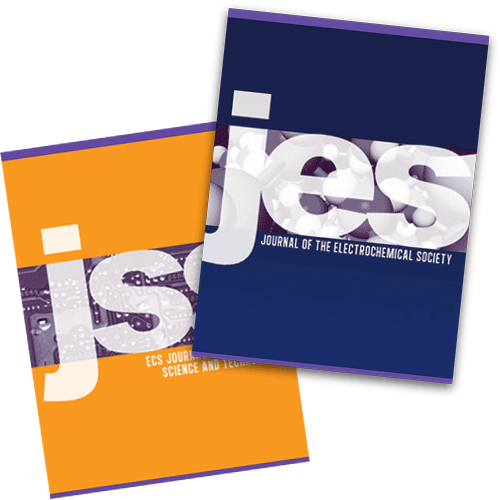 ECS believes that the key to sustainability is the ability to adapt. For over 115 years, ECS has been committed to publishing high quality, peer-reviewed research at the cutting edge of innovation.
ECS believes that the key to sustainability is the ability to adapt. For over 115 years, ECS has been committed to publishing high quality, peer-reviewed research at the cutting edge of innovation.

 The
The 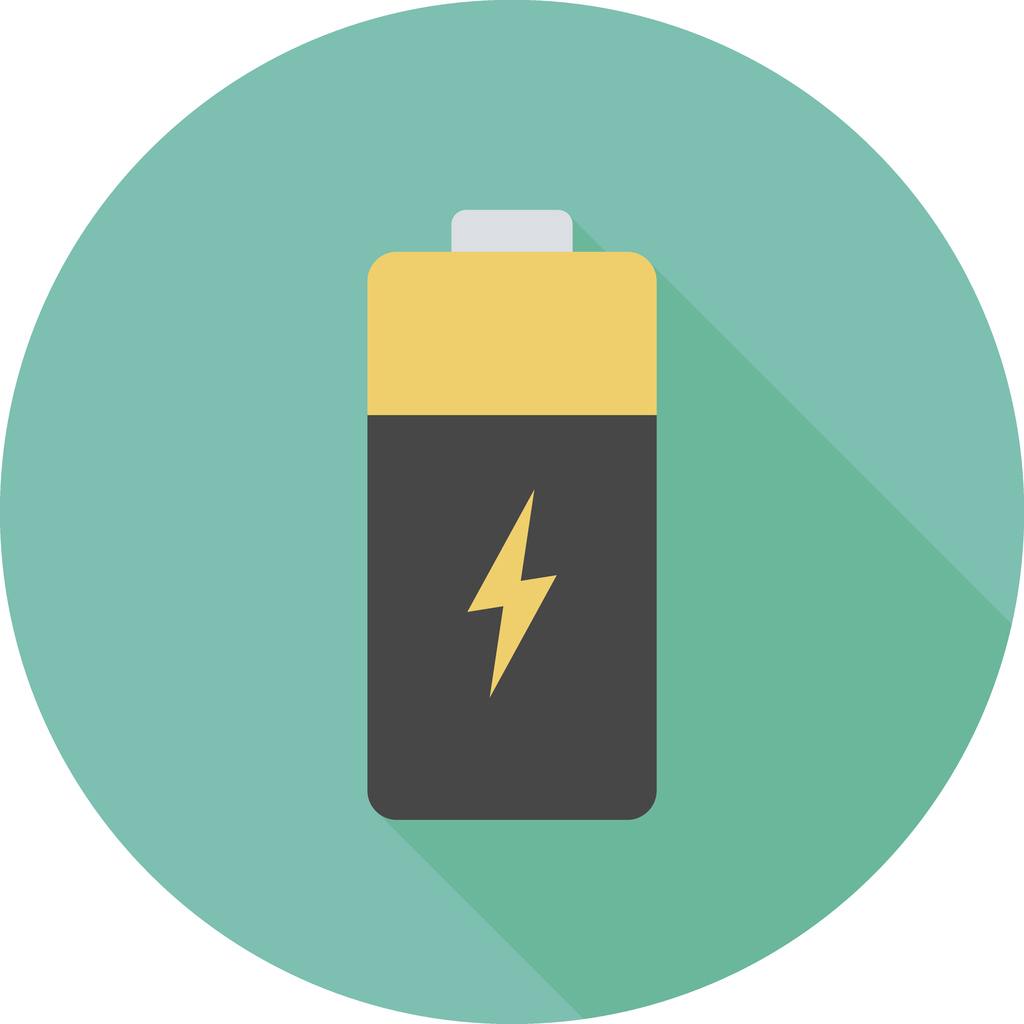 Like all things, batteries have a finite lifespan. As batteries get older and efficiency decreases, they enter what researchers call “capacity fade,” which occurs when the amount of charge your battery could once hold begins to decrease with repeated use.
Like all things, batteries have a finite lifespan. As batteries get older and efficiency decreases, they enter what researchers call “capacity fade,” which occurs when the amount of charge your battery could once hold begins to decrease with repeated use.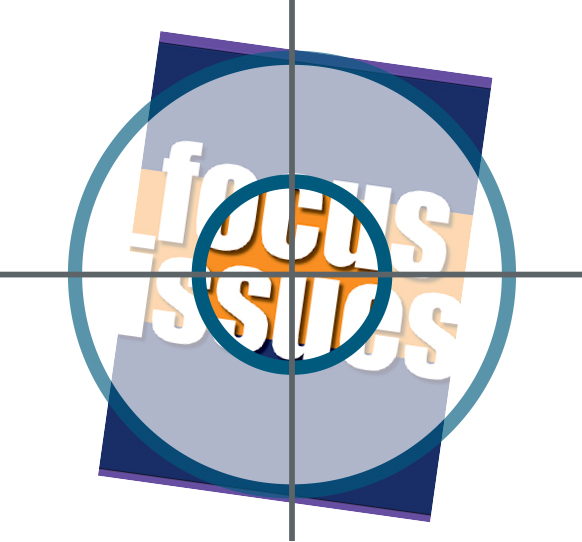
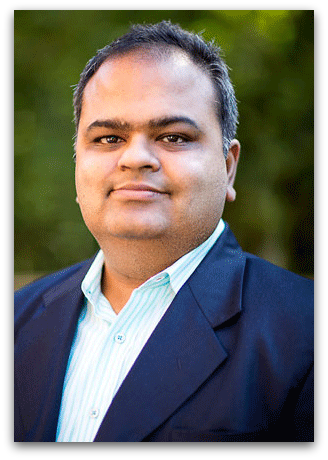 Venkat Subramanian is the Washington Research Foundation Innovation Professor of Chemical Engineering and Clean Energy at the University of Washington. His research efforts focus on computational models to bridge next-generation energy materials to battery management systems. Subramanian has recently been named a new technical editor of the
Venkat Subramanian is the Washington Research Foundation Innovation Professor of Chemical Engineering and Clean Energy at the University of Washington. His research efforts focus on computational models to bridge next-generation energy materials to battery management systems. Subramanian has recently been named a new technical editor of the 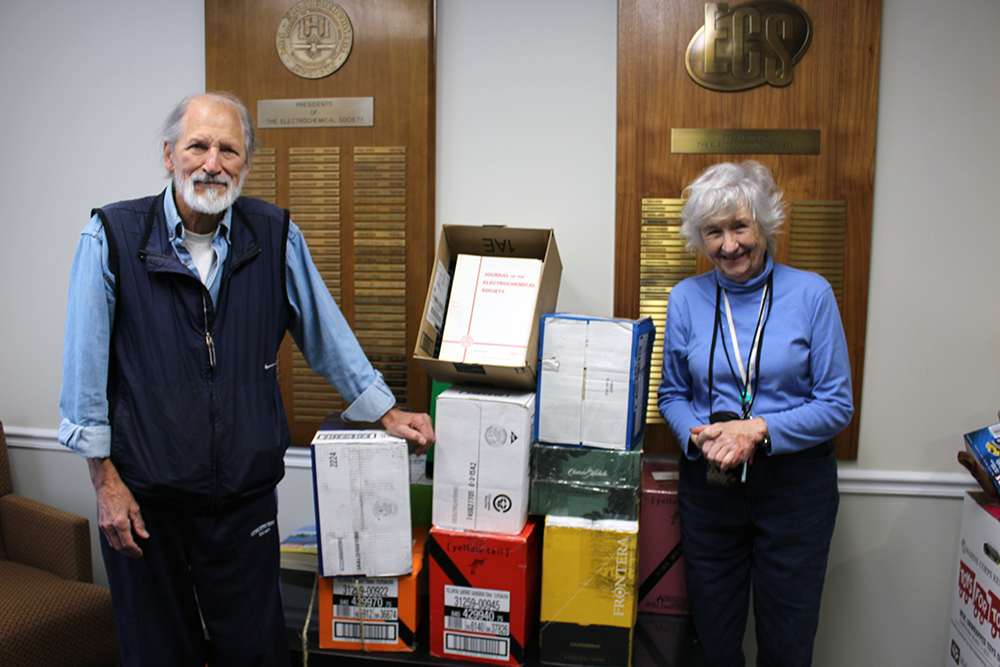
 Janine Mauzeroll is an associate professor at McGill University, where she leads a research group focused on topics ranging from electrochemistry in organic and biological media to electronically-conducting polymers. Her work combines experimental and theoretical electrochemical methods and applies them to biomedical and industrial problems such as multidrug resistance in human cancer cells, neurotransmitter release, biosensor design, and high-speed scanning electrochemical microscopy. Mauzeroll has recently been named a new technical editor of the
Janine Mauzeroll is an associate professor at McGill University, where she leads a research group focused on topics ranging from electrochemistry in organic and biological media to electronically-conducting polymers. Her work combines experimental and theoretical electrochemical methods and applies them to biomedical and industrial problems such as multidrug resistance in human cancer cells, neurotransmitter release, biosensor design, and high-speed scanning electrochemical microscopy. Mauzeroll has recently been named a new technical editor of the  Three new Editors’ Choice articles have been published recently in the Journal of The Electrochemical Society (JES) and ECS Journal of Solid State Science and Technology (JSS).
Three new Editors’ Choice articles have been published recently in the Journal of The Electrochemical Society (JES) and ECS Journal of Solid State Science and Technology (JSS).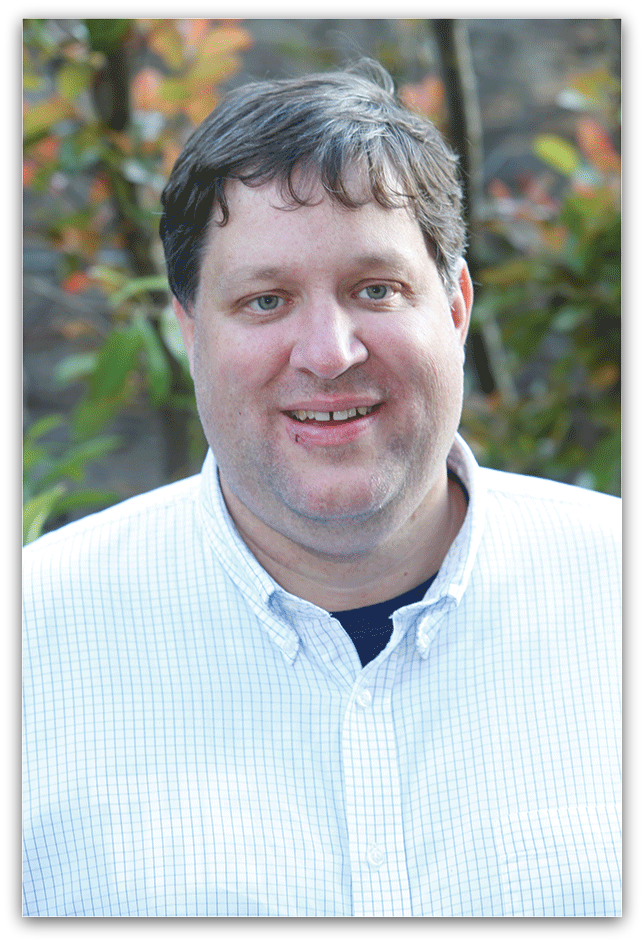 David Cliffel is the Professor of Chemistry & Department Chair at Vanderbilt University, where he leads research on the electrochemistry and analytical chemistry of nanoparticles and photosynthetic proteins. He has recently become a new Technical Editor for the
David Cliffel is the Professor of Chemistry & Department Chair at Vanderbilt University, where he leads research on the electrochemistry and analytical chemistry of nanoparticles and photosynthetic proteins. He has recently become a new Technical Editor for the  Lithium-air batteries are viewed by many as a potential next-generation technology in energy storage. With the highest theoretical energy density of all battery devices, Li-air could revolutionize everything from electric vehicles to large-scale grid storage. However, the relatively young technology has a few barriers to overcome before it can be applied. A new study published in the
Lithium-air batteries are viewed by many as a potential next-generation technology in energy storage. With the highest theoretical energy density of all battery devices, Li-air could revolutionize everything from electric vehicles to large-scale grid storage. However, the relatively young technology has a few barriers to overcome before it can be applied. A new study published in the